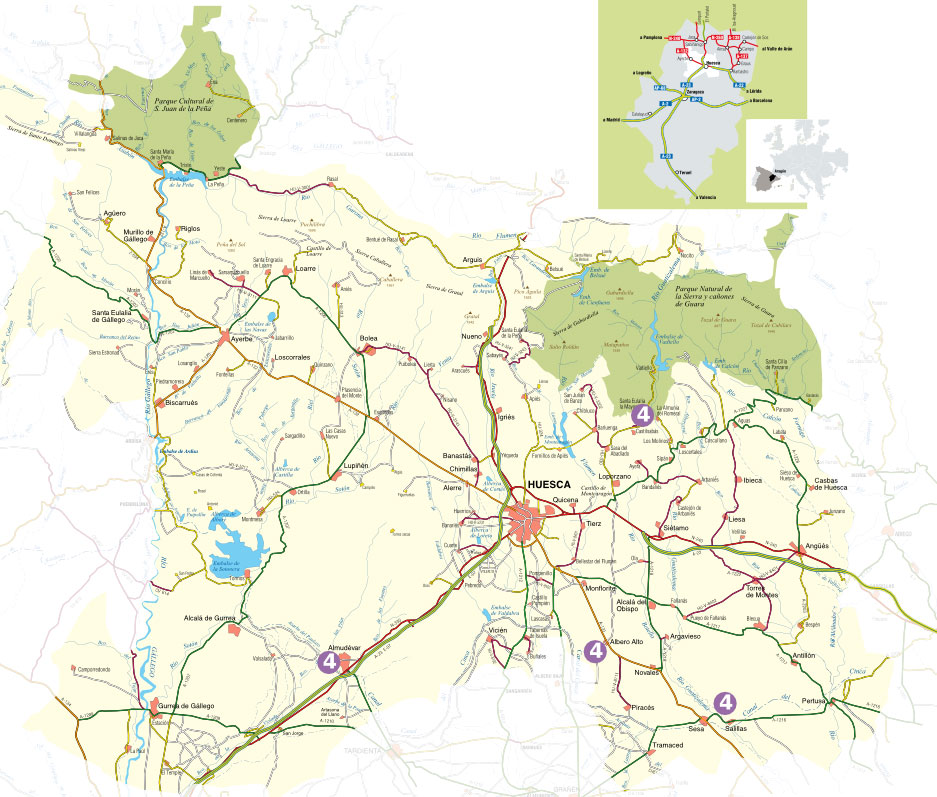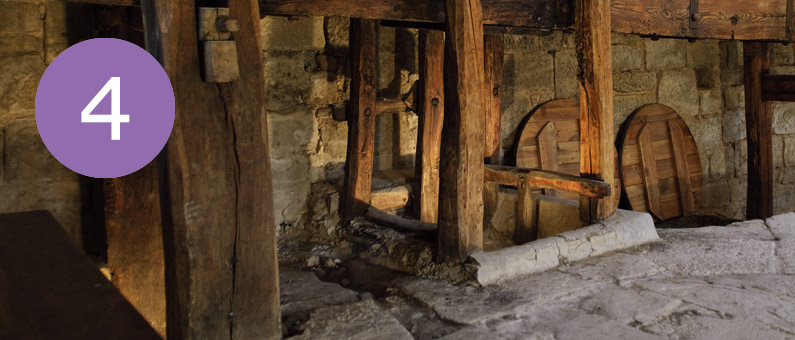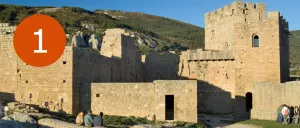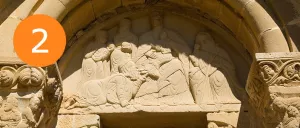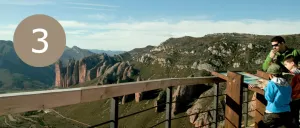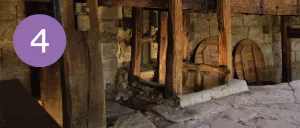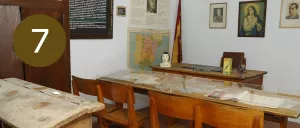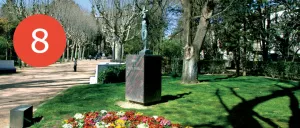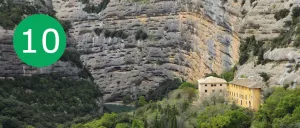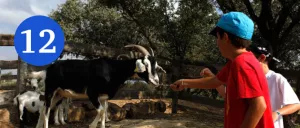Most of our grandparents spent the day out on the fields, working from sun up to sun down. Machines were not used to work the fields. Their houses were not equipped with electricity or running water. Some of the interpretation centres in La Hoya de Huesca recreate the experience of that reality and the changes that have been introduced in recent decades. Near Castilsabás, by the chapel of El Viñedo and surrounded by olive groves, there is a valuable ethnographic ensemble: an oil mill that reveals how oil was produced in past times. The village of Almudévar accommodates many wineries that have been dug out in the hills. “El Bodegón” reveals how wine is produced traditionally. Salillas accommodates a snow dome, topped with a dome with spectacular ribs, which teaches how snow or ice was stored to preserve food, cool drinks and for therapeutic uses. Lastly, the fountain of Los Moros is a monumental well-fountain located in Albero Alto, a medieval memento of how the population sought for and treated a very precious resource: water.
